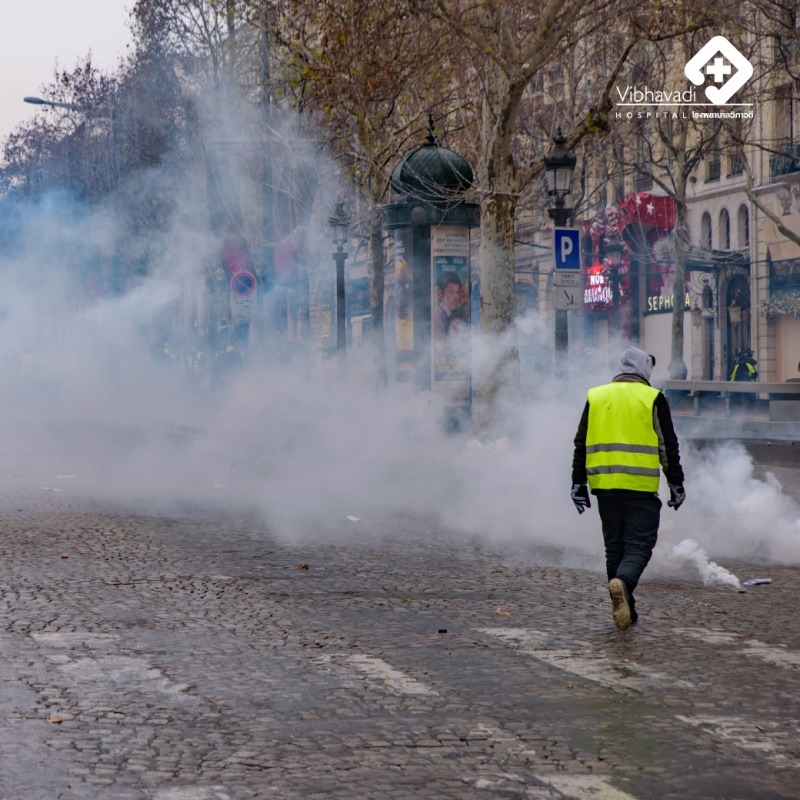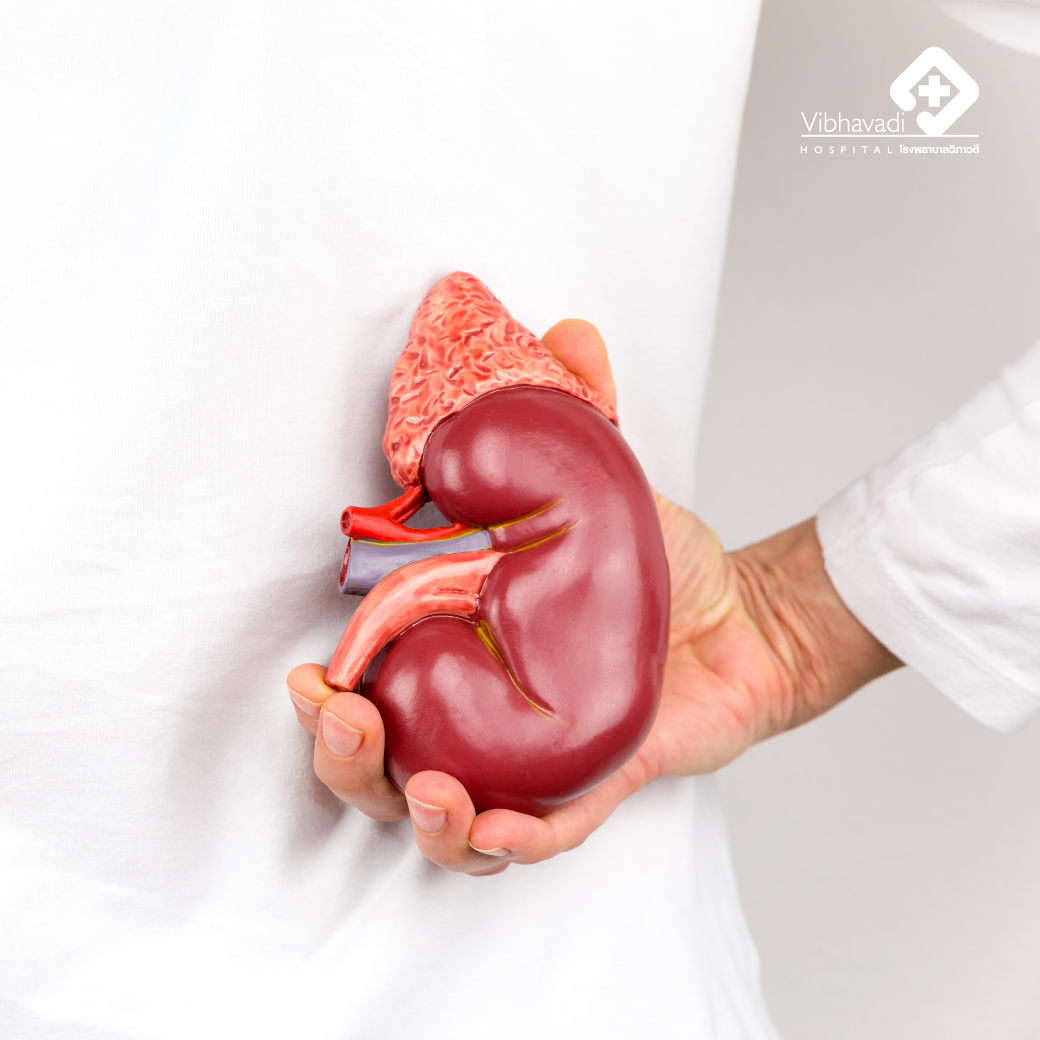Silicosis
Key Takeaway
- Silicosis is preventable with proper awareness, workplace safety measures, and consistent monitoring.
- Employers and workers must prioritize dust control to ensure long-term respiratory health in hazardous environments.
Learn about symptoms, prevention, and the importance of dust control for occupational safety.
Silicosis is a chronic and irreversible lung disease caused by prolonged inhalation of crystalline silica dust—a fine particulate commonly found in construction sites, mining operations, and industries that involve cutting, grinding, or drilling materials like stone, concrete, and sand. When inhaled, silica particles cause inflammation and scarring in the lungs, leading to reduced lung function over time.
Common Symptoms of Silicosis
Silicosis symptoms often develop gradually and may worsen with continued exposure:
Chronic coughing
Shortness of breath, especially during physical activity
Chest pain
Fatigue
In severe cases, respiratory failure or increased risk of tuberculosis
High-Risk Occupations
Silicosis primarily affects workers in environments with high silica dust levels, including:
Miners and quarry workers
Construction workers who cut or drill concrete
Stone masonry and tile cutters
Glass and ceramic manufacturers
Sandblasters and metal finishers
How to Prevent Silicosis
Preventive measures are essential to reduce the risk of silicosis:
Wear proper respirators (e.g., N95 or higher-grade masks)
Install and maintain dust-extraction or ventilation systems
Use water sprays to suppress dust at the source
Conduct regular lung health check-ups for exposed workers
Educate employees about the dangers of silica exposure
Why Dust Control Matters
Controlling silica dust isn’t just about compliance—it’s a crucial step toward protecting workers from long-term, life-altering health conditions. Effective dust control not only prevents silicosis but also reduces the risk of related diseases like lung cancer, chronic bronchitis, and tuberculosis.
















